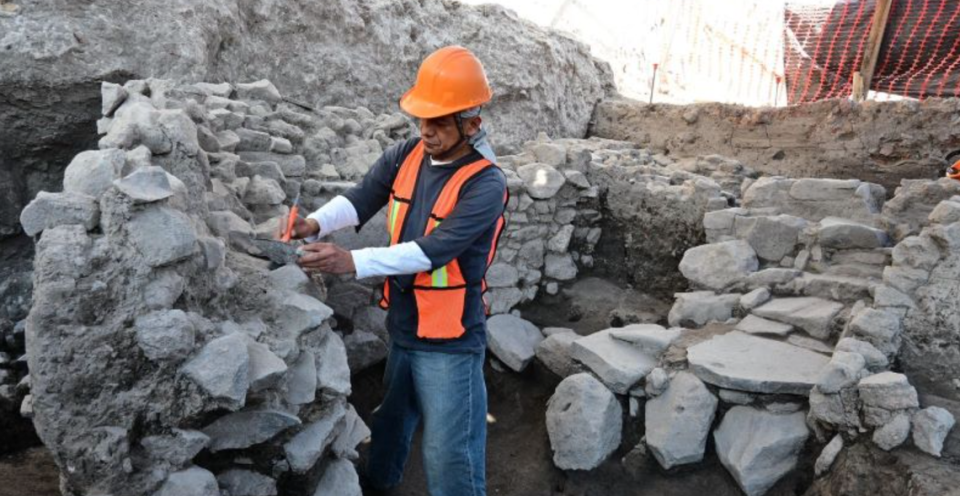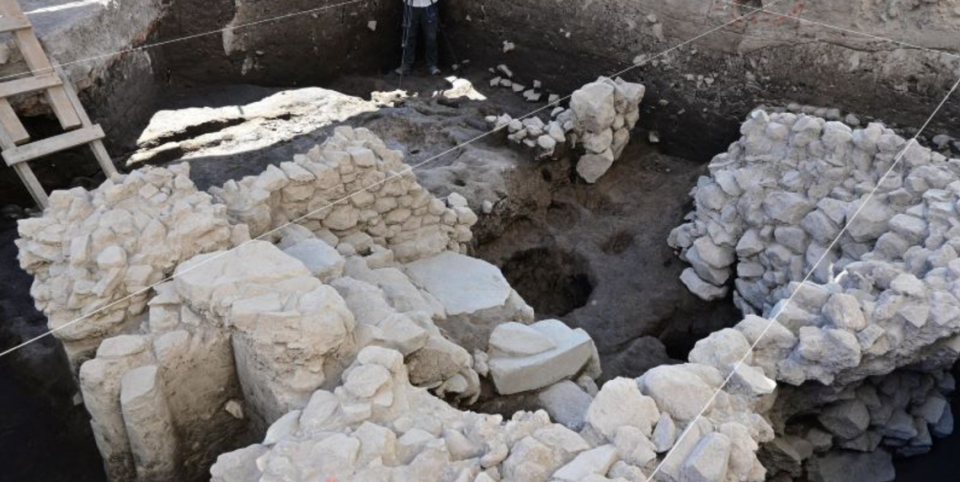Complex canal system — up to 800 years old — found under Mexico City. Take a look below
Archaeologists recently uncovered a complex network of centuries-old canals beneath Mexico City.
The stone structures were discovered at Tlatelolco, an archaeological site located in the bustling heart of Mexico City, according to a March 25 news release from the National Institute of Anthropology and History (INAH).
Dozens of boreholes were drilled into the ground at the site, once a pre-Hispanic city-state, revealing layers of artifacts from various societies.
Uncover more archaeological finds
What are we learning about the past? Here are three of our most eye-catching archaeology stories from the past week.
→ Roman helmet looked like a 'rusty bucket' when it was found in UK. Now, it's restored
→Elaborate 600-year-old castle — complete with moat — unearthed in France. Take a look
→ Mysterious wooden train car — almost 100 years old — unearthed in Belgium, photos show

In the uppermost layers, archaeologists found pipes and factory remains — traces of modern occupation.
Far below that, they located the canal system, which dates to between 1200 and 1521, making it at least 500 years old.
Excavations revealed the waterways varied greatly in size, with widths as narrow as three feet and as wide as 26 feet. In addition, a pier and staircases were found, which descended to where the water level would have been.
These structures may have been used by Tlatelolco’s indigenous inhabitants for navigation, irrigation or drainage, officials said.

In the years following the Spanish conquest of Mexico in the early 16th century, Tlatelolco’s indigenous inhabitants carried on living normally in contrast to neighboring Tenochtitlan.
However, following devastating floods and the spread of disease, the native population began to decline in the 17th and 18th centuries, officials said.
Google Translate was used to translate a news release from INAH.
Several underground bunkers — left from WWII — unearthed at park in Belgium. See them
Medieval child was buried with this popular snack — and archaeologists have no idea why
Prehistoric workshops — with axes and other stone artifacts — found in Egypt. See them

